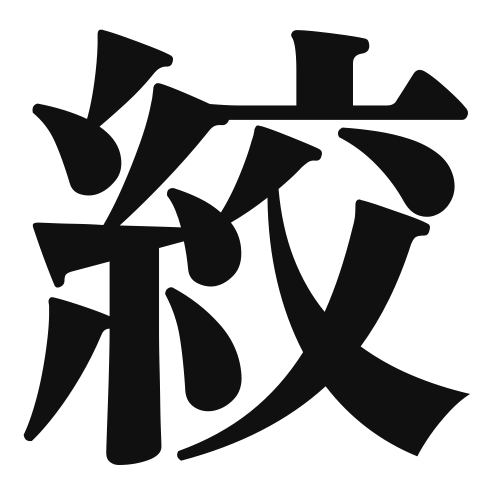1. Overview of Meaning
The kanji “絞” (shiboru) primarily means “to squeeze” or “to wring out.” It conveys the action of applying pressure to extract liquid or to tighten something.
2. Formation and Radical
Formation of the Kanji: The kanji “絞” is a compound character (会意文字) that combines elements representing “thread” (糸) and “to press” (交). This reflects the action of squeezing or wringing out something, often associated with textiles.
Radical: The radical of “絞” is “糸” (ito), which relates to threads or strings, indicating its connection to textiles and materials.
3. Examples of Usage
Common Words and Phrases:
- 絞る (shiboru) – to squeeze
- 絞り汁 (shiborijiru) – squeezed juice
Example Sentences in Daily Conversation:
- このタオルを絞ってください。 (Kono taoru o shibotte kudasai.) – Please wring out this towel.
- レモンを絞って、ジュースを作ります。 (Remon o shibotte, juusu o tsukurimasu.) – I will squeeze the lemon to make juice.
4. Synonyms and Antonyms
Similar Kanji:
- 圧 (atsu) – pressure; while “圧” refers to the force applied, “絞” specifically indicates the action of squeezing.
Opposite Kanji:
- 広げる (hirogeru) – to spread out; this represents the action of expanding or opening something, contrasting with the squeezing action of “絞.”
5. Cultural and Historical Background
Connection to Japanese Culture: The act of squeezing is often associated with traditional practices in Japan, such as making fresh juice or preparing food. It reflects the importance of utilizing resources efficiently.
Proverbs and Idioms: One common expression is “絞り出す” (shiboridasu), which means “to extract” or “to squeeze out,” often used metaphorically to describe drawing out ideas or emotions.
